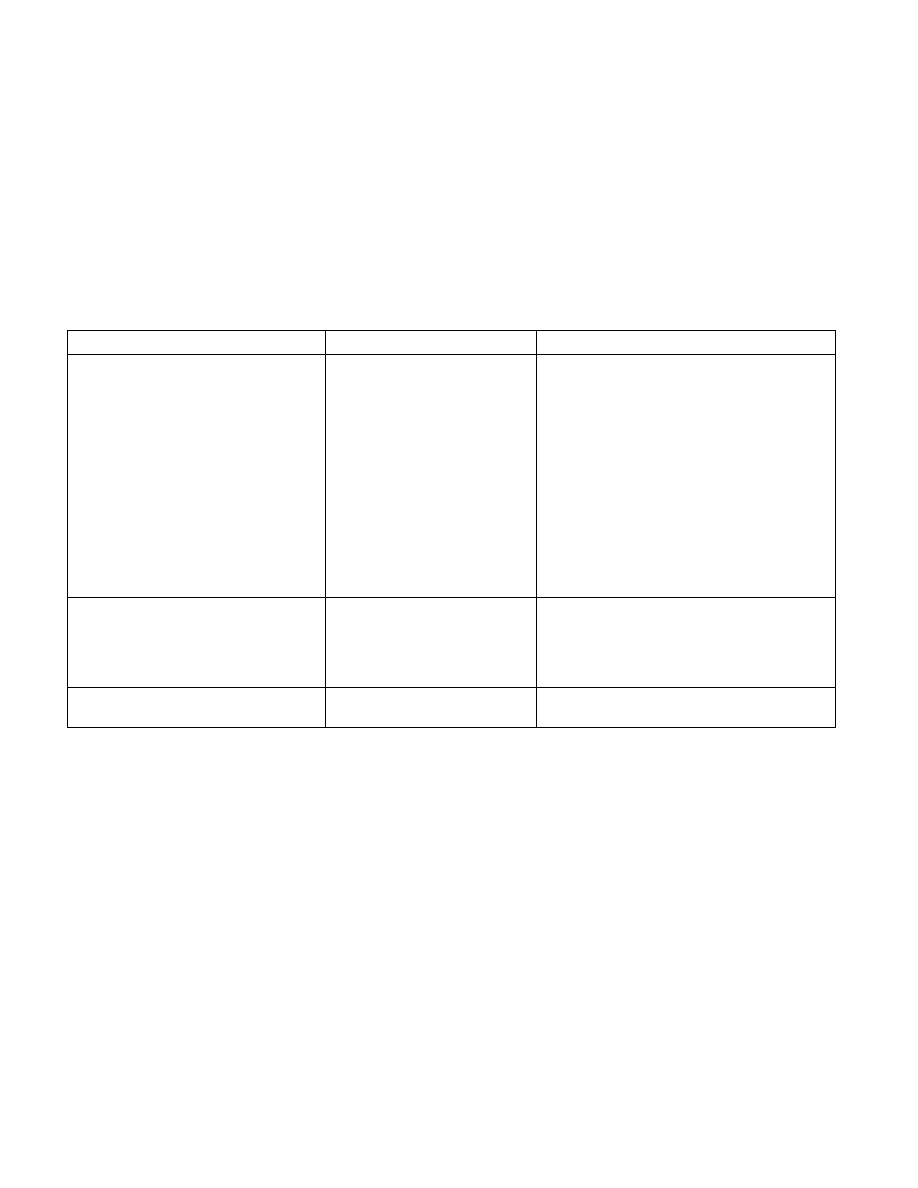
6-28 Vol. 3A
INTERRUPT AND EXCEPTION HANDLING
Interrupt 8—Double Fault Exception (#DF)
Exception Class
Abort.
Description
Indicates that the processor detected a second exception while calling an exception handler for a prior exception.
Normally, when the processor detects another exception while trying to call an exception handler, the two excep-
tions can be handled serially. If, however, the processor cannot handle them serially, it signals the double-fault
exception. To determine when two faults need to be signalled as a double fault, the processor divides the excep-
tions into three classes: benign exceptions, contributory exceptions, and page faults (see Table 6-4).
Table 6-5 shows the various combinations of exception classes that cause a double fault to be generated. A double-
fault exception falls in the abort class of exceptions. The program or task cannot be restarted or resumed. The
double-fault handler can be used to collect diagnostic information about the state of the machine and/or, when
possible, to shut the application and/or system down gracefully or restart the system.
Table 6-4. Interrupt and Exception Classes
Class
Vector Number
Description
Benign Exceptions and Interrupts
1
2
3
4
5
6
7
9
16
17
18
19
All
All
Debug
NMI Interrupt
Breakpoint
Overflow
BOUND Range Exceeded
Invalid Opcode
Device Not Available
Coprocessor Segment Overrun
Floating-Point Error
Alignment Check
Machine Check
SIMD floating-point
INT n
INTR
Contributory Exceptions
0
10
11
12
13
Divide Error
Invalid TSS
Segment Not Present
Stack Fault
General Protection
Page Faults
14
20
Page Fault
Virtualization Exception